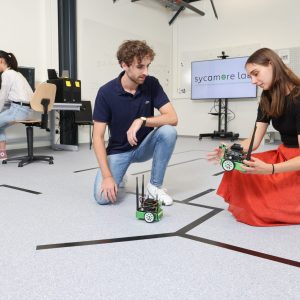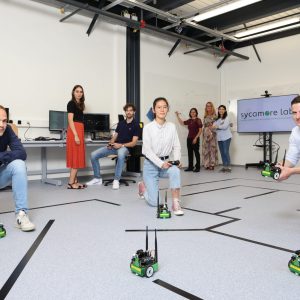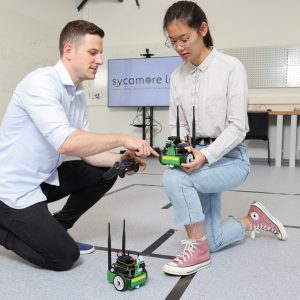Student projects
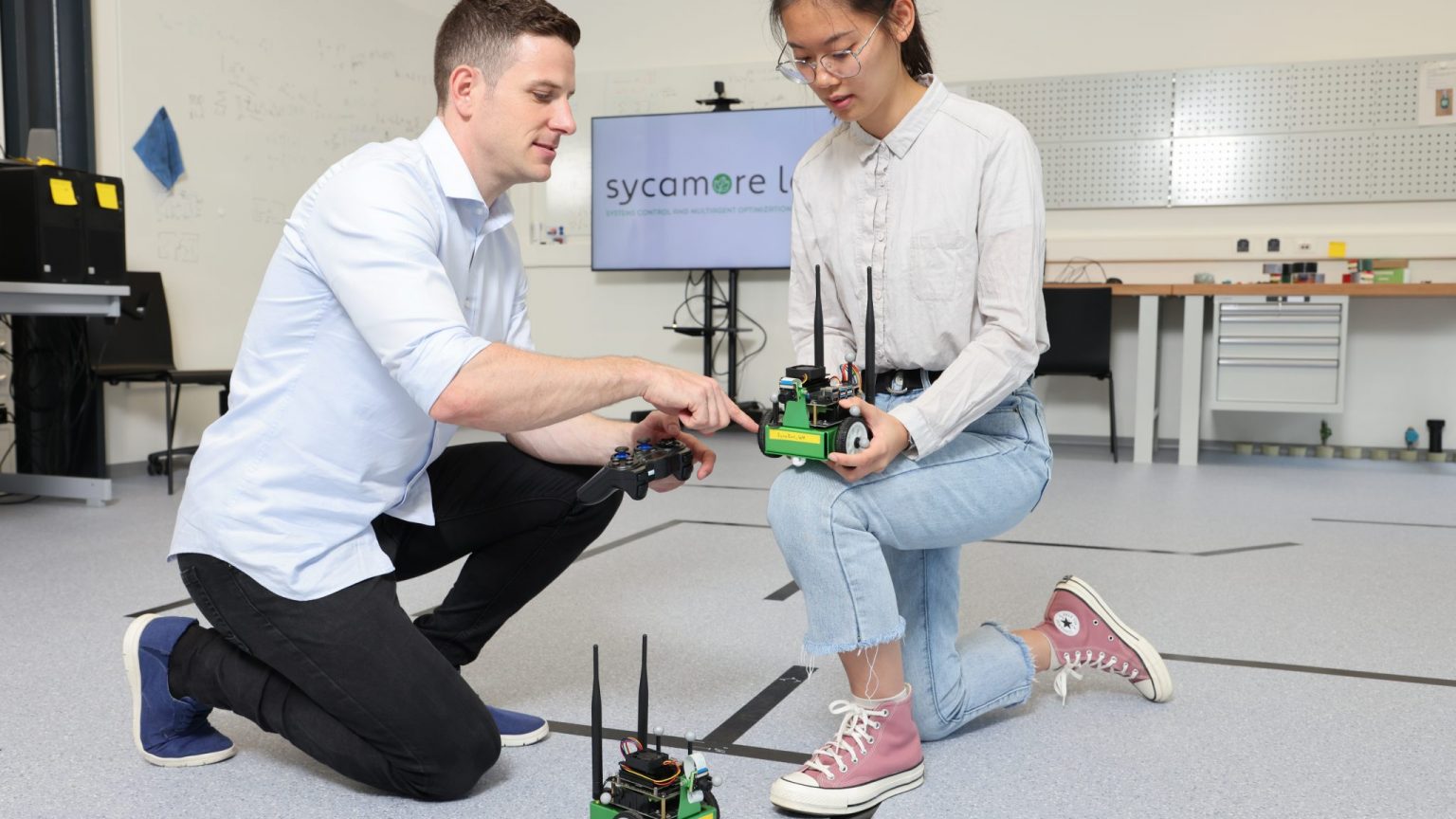
Available
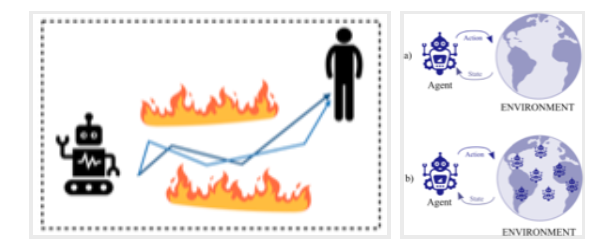
Reinforcement Learning (RL) involves studying sequential decision-making problems, where an agent aims to maximize an expected cumulative reward by interacting with an unknown environment. While RL has achieved impressive success in domains like video games and board games, safety concerns arise when applying RL to real-world problems, such as autonomous driving, robotics, power systems, and (…)

Reinforcement learning (RL) addresses finding a policy for a Markov decision process (MDP) to optimise a cumulative reward function based on the observations of the rewards and the evolution of the MDP.Two major challenges when applying RL in the real world are ensuring safety of the learned policy and designing an appropriate reward function for (…)
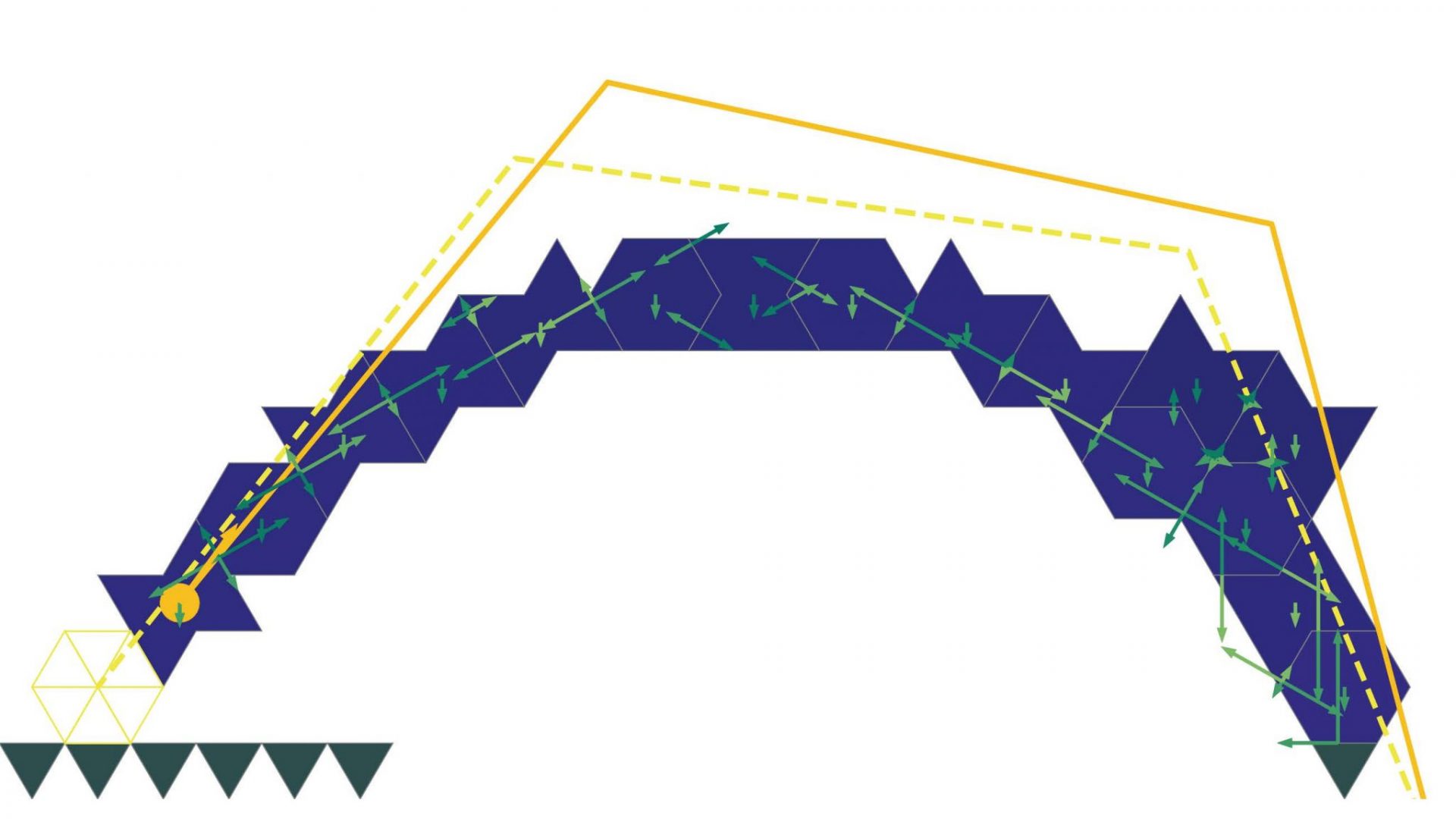
Motivation Reinforcement Learning (RL) is a promising approach to many complex decision making problems. However, one of the key challenges in applying RL to real-world scenarios is determining an appropriate reward function for the problem at hand. To alleviate this, RL from human preferences [1] aims to use human feedback to learn a reward function (…)

In a constrained optimization problem arising in practice, the objective or constraint functions depend on model parameters. These parameters are often learned from data. The learning procedure however can only estimate the true parameters. It can be shown that using nominal estimated values of the parameters can lead to solutions of the optimization problem that (…)

Decision making in multi-agent systems arises in applications ranging from online auctions and markets to telecommunication and transportation networks. Game theory provides a powerful framework for analyzing and optimizing decisions in multi-agent systems. The notion of an equilibrium in a game characterizes stable solutions to multi-agent decision making problems.The objective of this project is to (…)
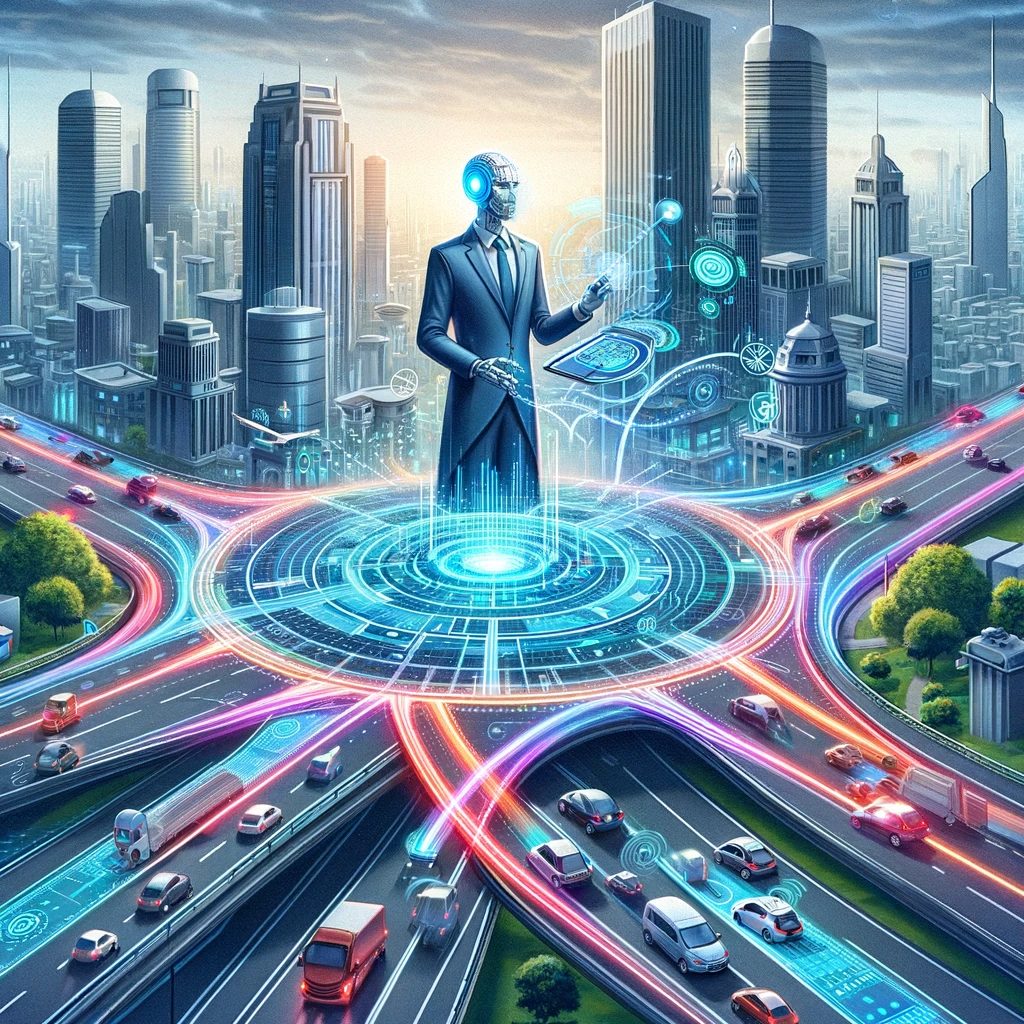
Motivation: Shared decision-making is at the heart of any multi-agent system. Each agent independently aims to maximize its reward which depends on the decisions of all agents. The outcome of such independent decision-making, however, is often inefficient in terms of social welfare and may violate other central objectives such as fairness. In traffic routing, for (…)
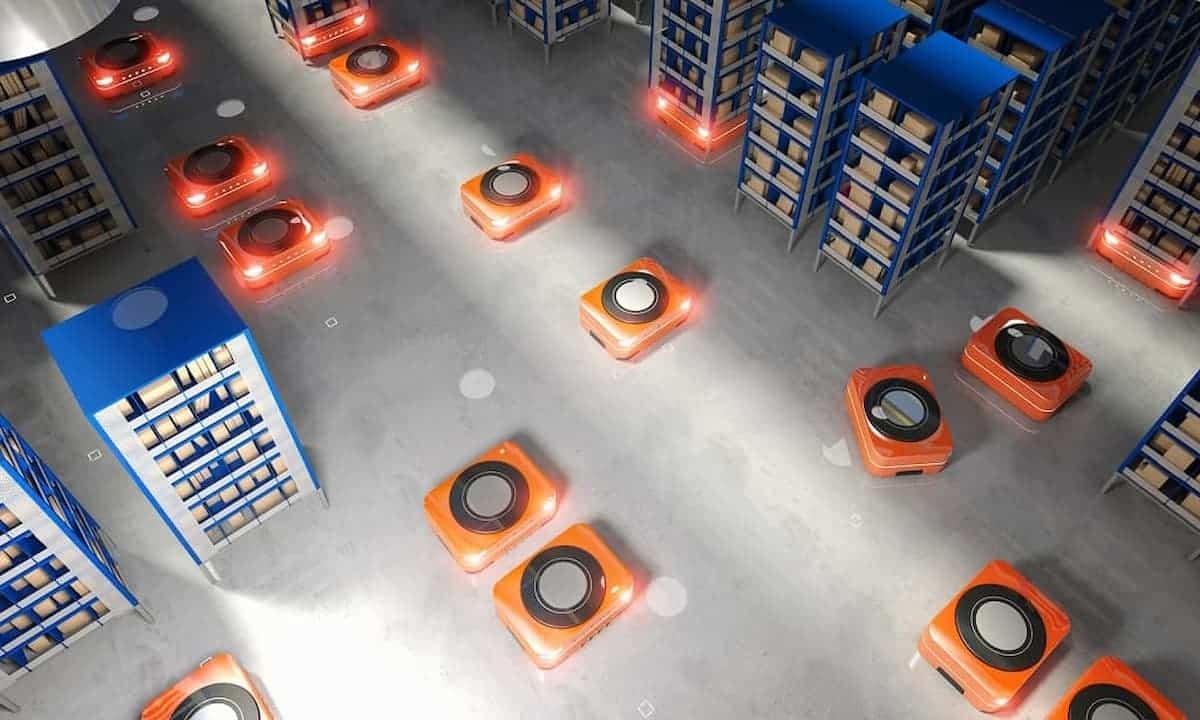
Motivation: Shared decision-making is at the heart of any multi-agent system. Each agent aims to maximize its reward which depends on the decisions of all agents by repeatedly playing an action and observing the corresponding reward. A common performance measure in such repeated games is regret and several learning algorithms exist which attain no-regret. The (…)
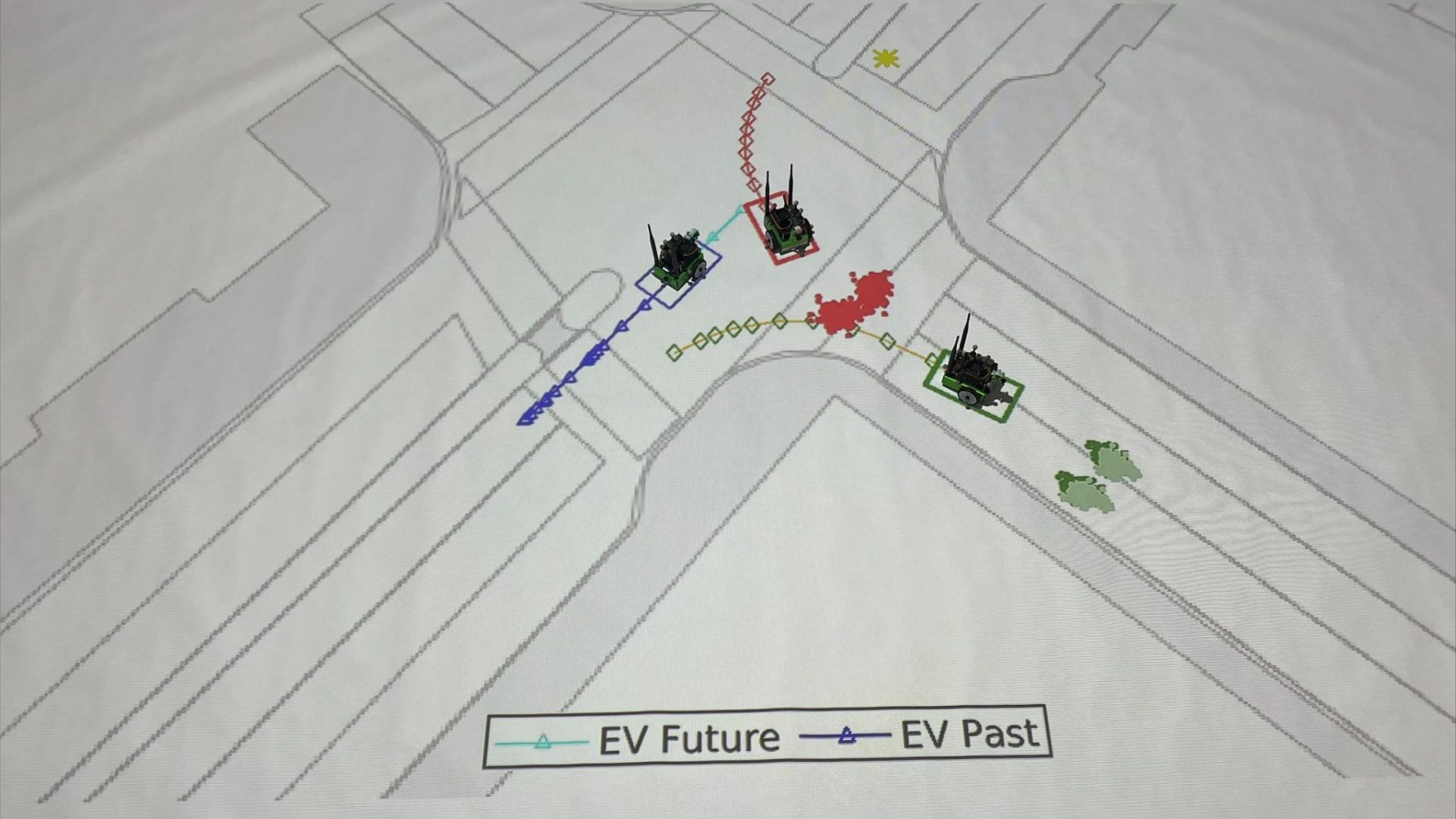
1. Overview:This project focuses on developing trajectory planning solutions for autonomous systems in interactive environments. The goal is to create algorithms enabling each robot to safely reach its destination while navigating complex scenarios, such as multiple autonomous cars at non-signalized intersections or multi-robot systems requiring formation control and coordination. Key challenges include collision avoidance with (…)
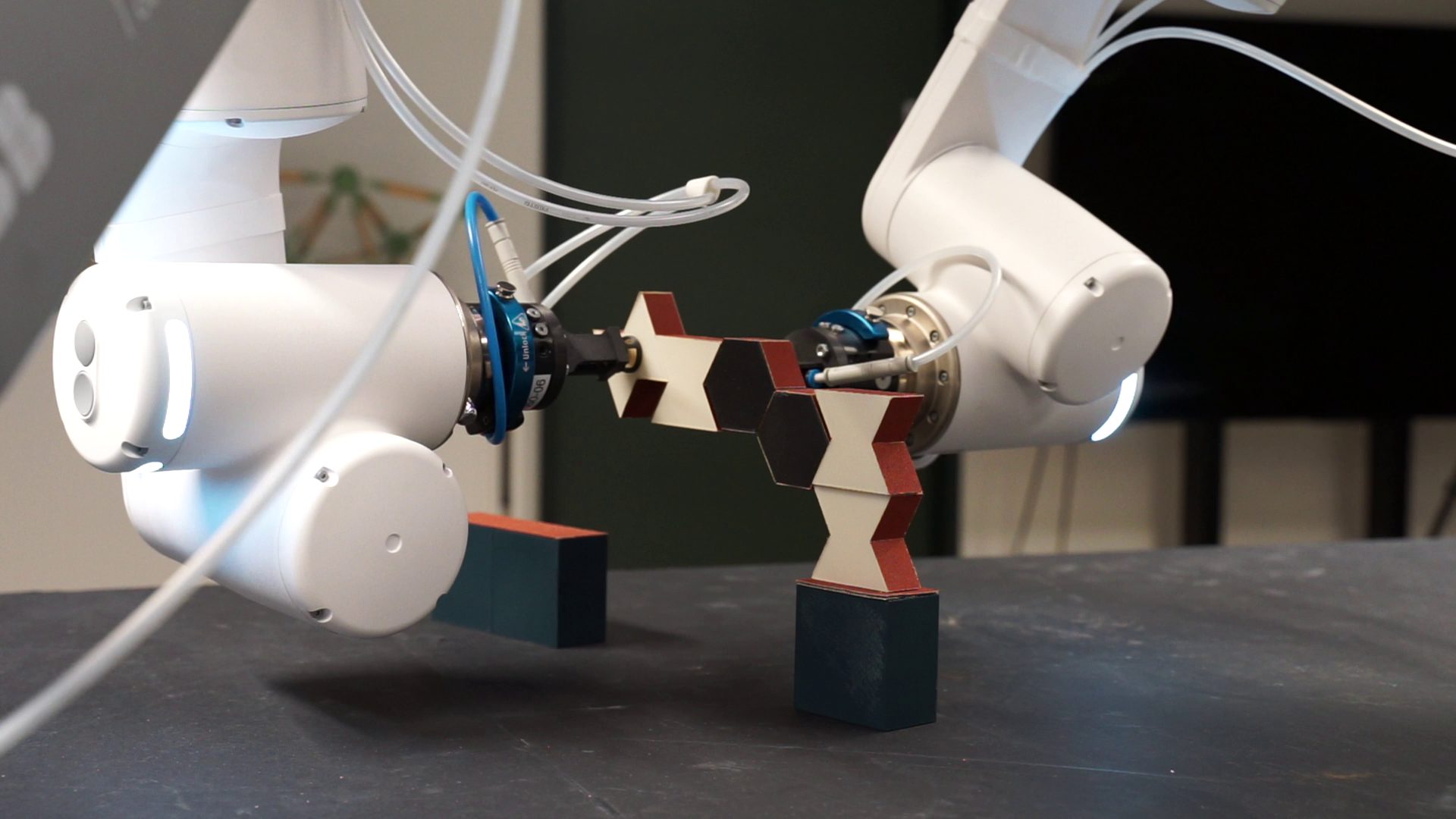
MotivationWhile automation has been widely adopted in many industries, the construction sector has been relatively left aside. The unpredictable construction site requires frequent replanning of robots at the last minute, which is not the case in an assembly line. Employing robots in construction requires developing new algorithms to enhance their autonomy and intelligence.This project inscribes (…)
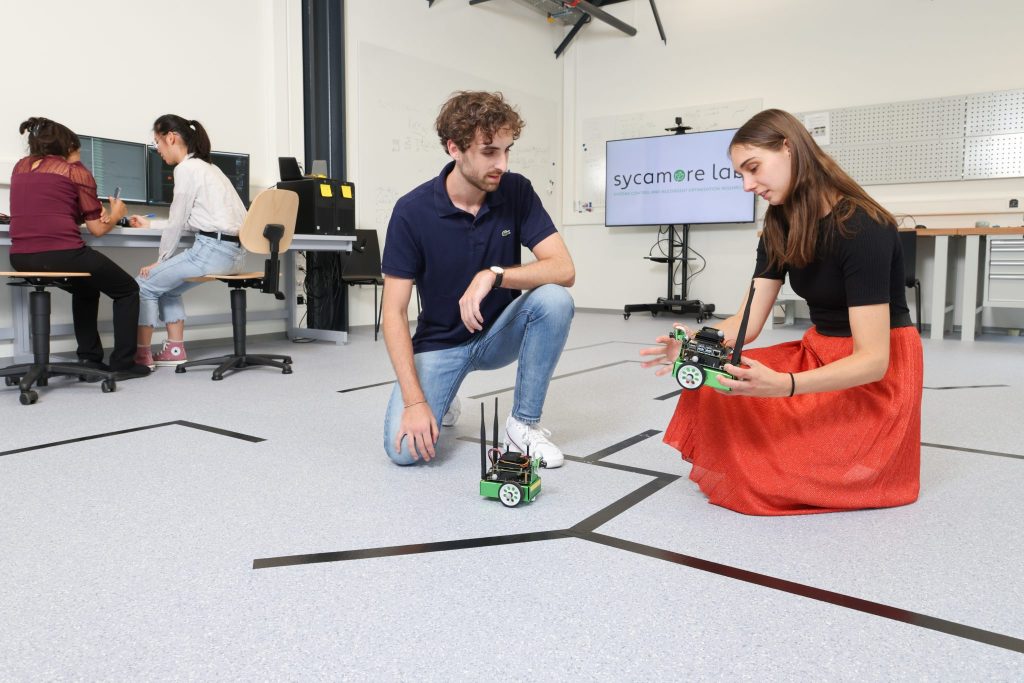
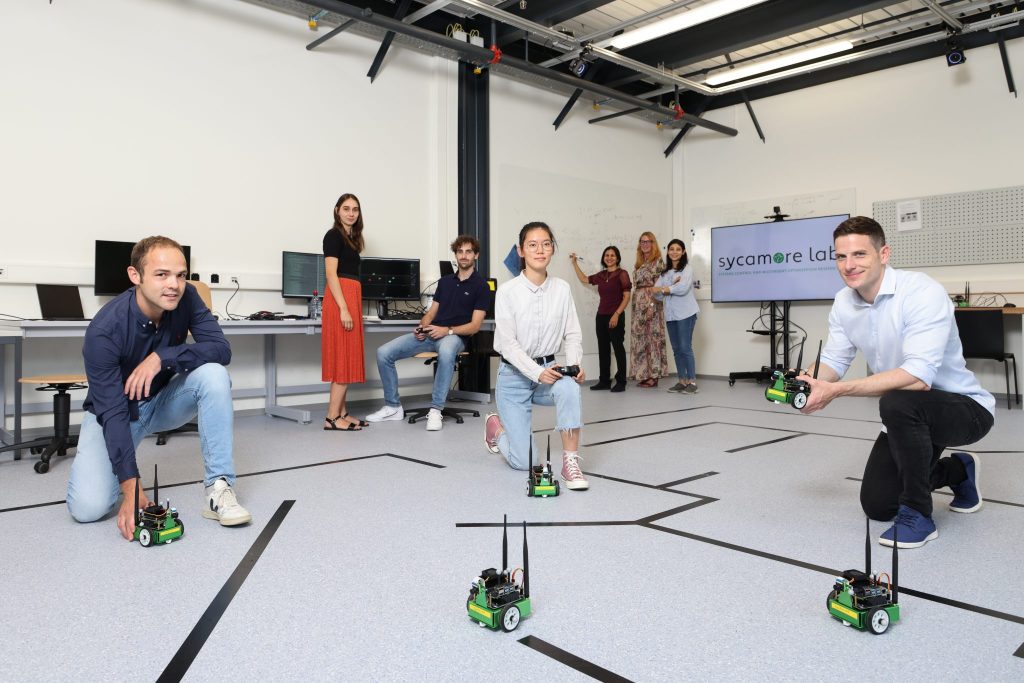
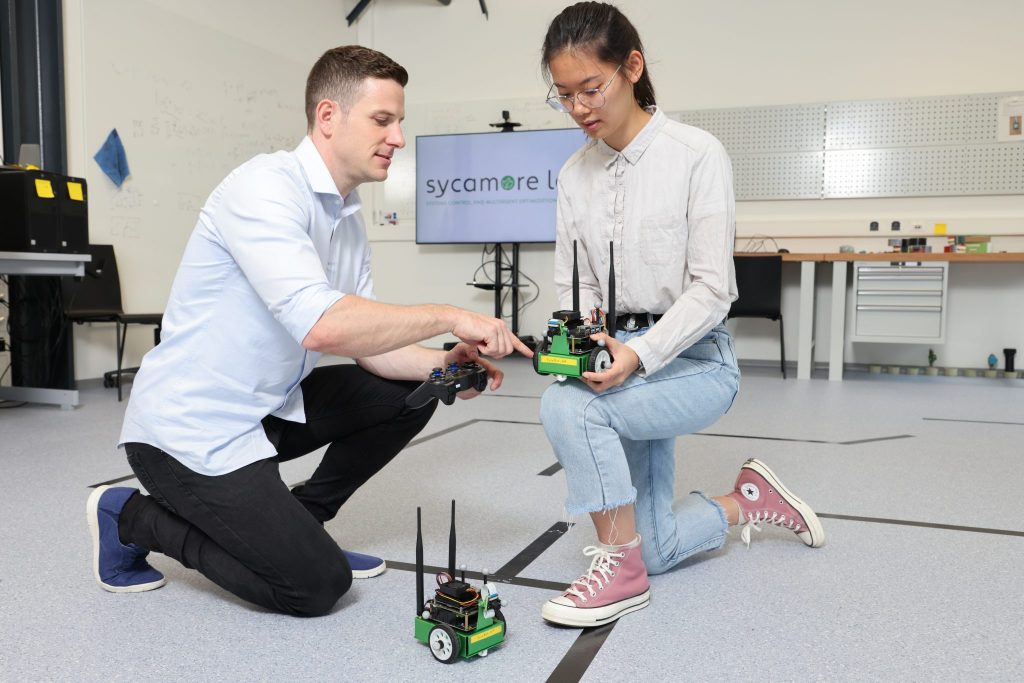
Ongoing
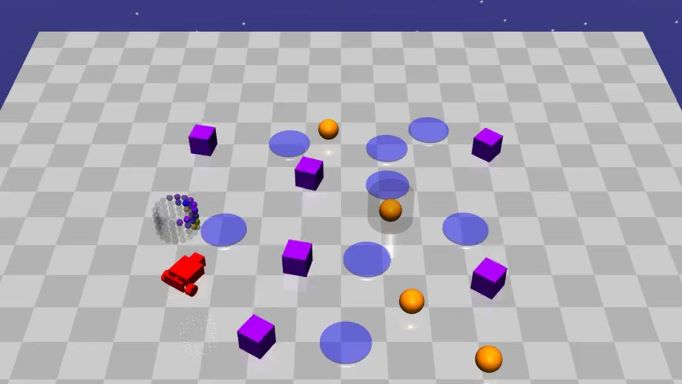
Reinforcement learning addresses finding a policy for a Markov decision process (MDP) to optimise a cumulative reward function based on the observations of the rewards and the evolution of the MDP. The application of reinforcement learning to safety-critical systems such as autonomous driving and robotics requires safety, that is, satisfying constraints while learning (e.g. collision (…)

A neural network classifier is fragile in the sense that a small perturbation to its input can lead to a wrong classification. Thus, an attacker can leverage this fragility to perturb an input. For example, in autonomous driving, adding small noise to a Stop Sign can change the Sign to a Yield (see figure). If (…)
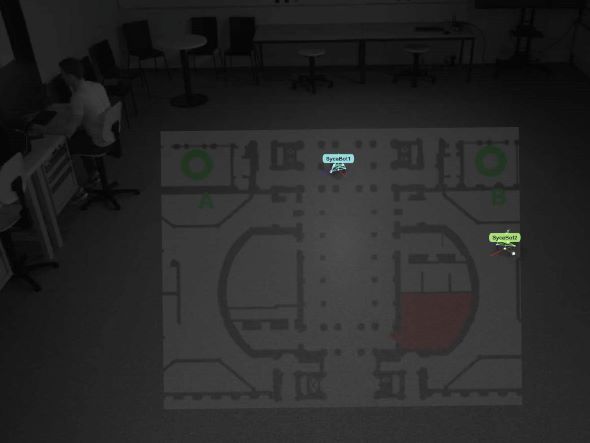
Multi-robot systems provide great benefits in applications such as coordinated search and rescue, large scale agriculture, and efficient transportation of people and goods. This motivates research on novel coordination, planning, and control algorithms. To develop such algorithms it is crucial to test ideas rapidly in a setting that is both repeatable and adaptable to different (…)
Previously done

Abstract: This semester project addresses the challenge of building a structure connecting two supports across a gap, using reinforcement learning from human preferences. This approach involves learning a reward predictor from human feedback between pairs of demonstrations of the construction task. After presenting the algorithm used to train the agent with human feedback, the report (…)
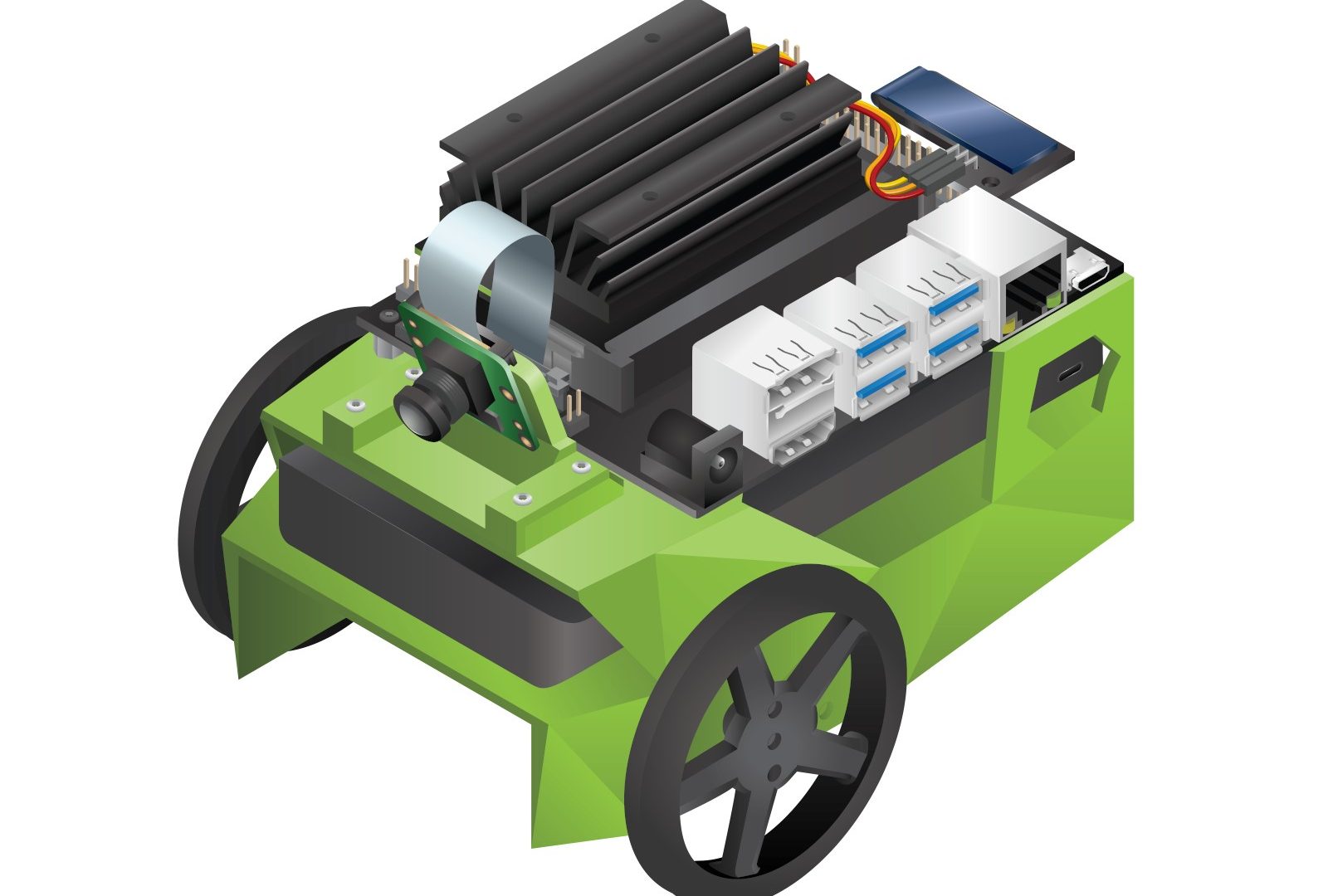
Multi-robot systems are becoming increasingly popular and are being used in more and more applications such as warehouses, agriculture, and transportation. The objective of this project is to control and coordinate a group of ground robots. Controlling a single ground robot requires planning the desired path and computing actuation inputs to maneuver the robot based (…)
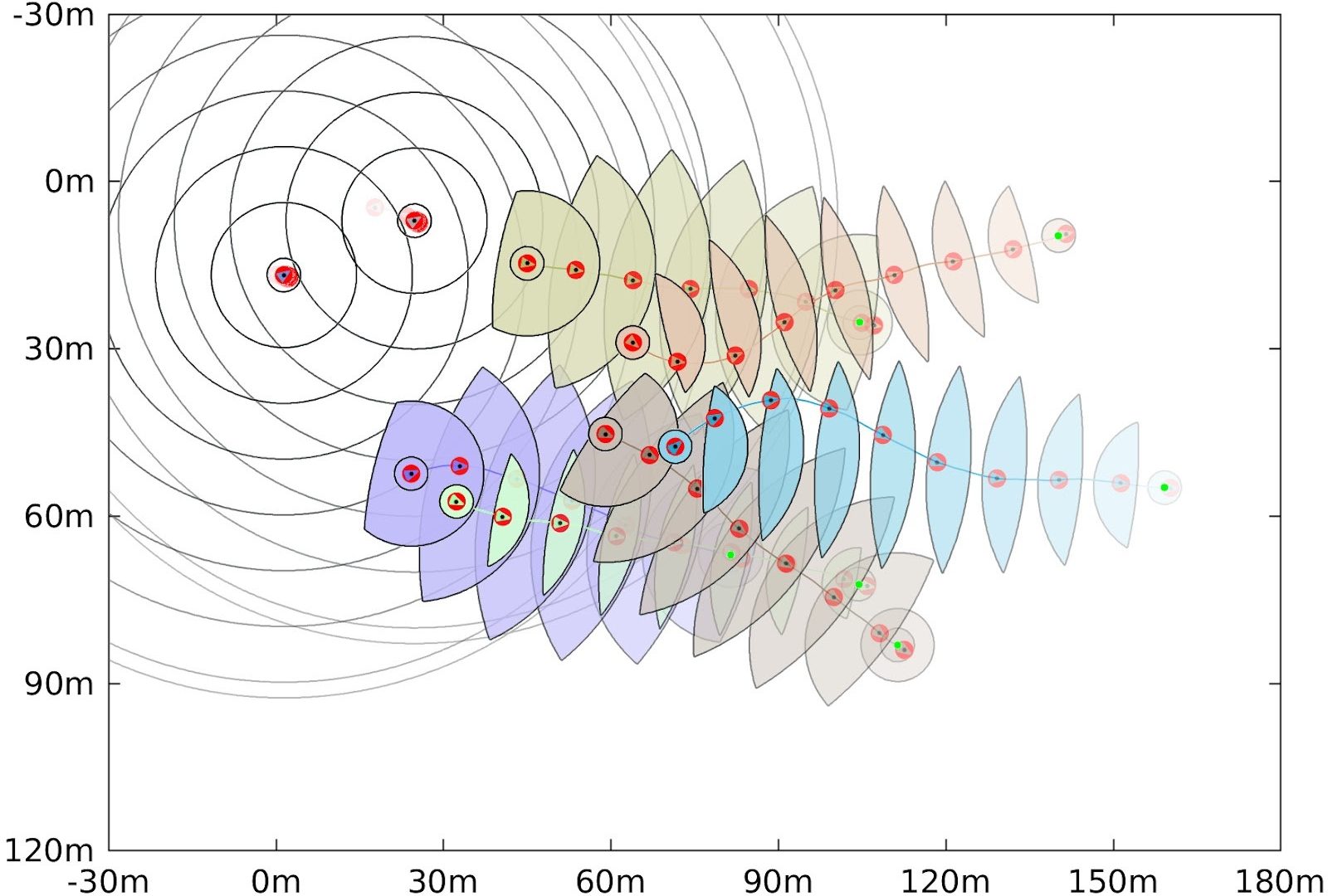
Multi-robot systems provide great benefits in applications such as coordinated search and rescue, large scale agriculture, and efficient transportation of people and goods. When a group of mobile robots operate in shared space coordination between them is crucial. In particular, strategies for task assignment and collision avoidance are needed. Task assignment is the problem of (…)
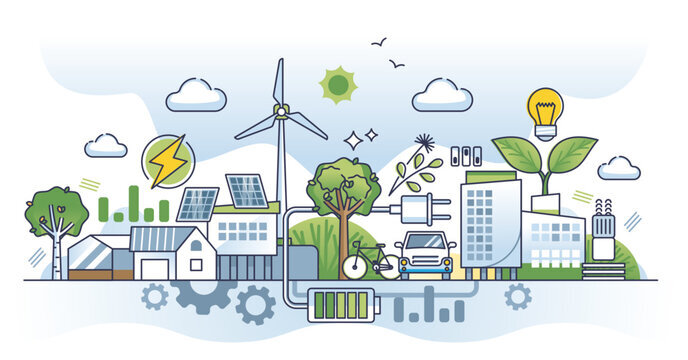
MotivationIn order to promote an increase in the use of renewable energies, the European Union is thinking about promoting decentralized approaches, where the citizens are actively participating in the production and storage of energy. Declining prices for solar panels and the ability to sell and buy electricity amongconsumers (it is already possible in some countries (…)
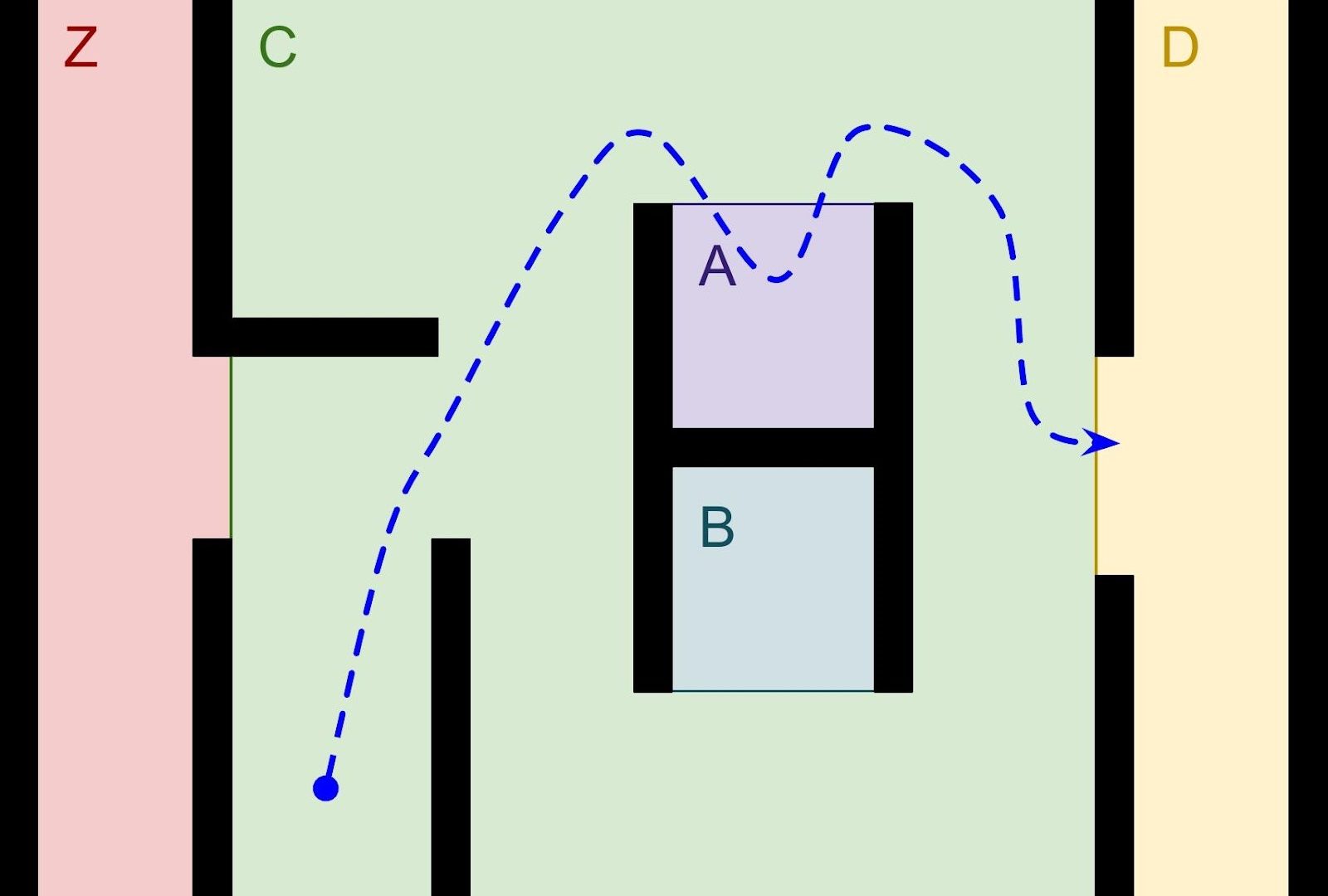
Motion planning plays a key role in the autonomous control of mobile robots. With the advancement of technology and the introduction of increasingly sophisticated autonomous vehicles, such as self-driving cars, delivery drones, and warehouse robots, complex motion planning objectives and constraints need to be considered. The objective for an autonomous car could be the minimisation (…)
